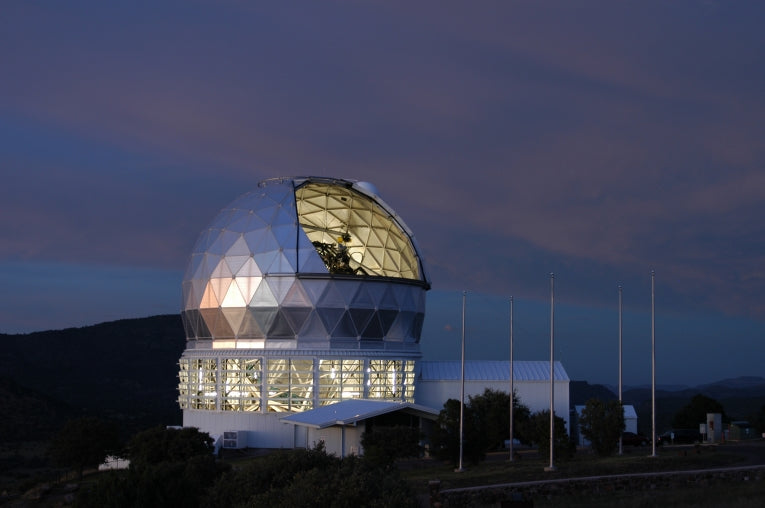A international research team have discovered a group of three new planets that are all in orbit around their own dying giant stars. The Hobby-Eberly Telescope was used by the team that is led by an astronomer from Penn state University; they have named the three planets HD 240237, BD +48 738 and HD 96127.
Even more interestingly is there appears to be another object orbiting the dying star which, at present, has not been identified. The group of planets are in a recently-discovered planetary system which is at a much more advanced stage that our own solar system. Wolszczan, a professor of astronomy and physics, said, "Each of the three stars is swelling and has already become a red giant - a dying star that soon will gobble up any planet that happens to be orbiting too close to it," and continued about our own solar system, "While we certainly can expect a similar fate for our own Sun, which eventually will become a red giant and possibly will consume our Earth, we won't have to worry about it happening for another five-billion years." He went on to explain that the large planet, BD +48 738, which he likened to Jupiter, seems to be accompanied by a mystery object.
It is thought that this could be another planet or a theory causing even more interest is that it could actually be a brown dwarf which is similar to a star but is intermediate in mass between the coolest stars and giant planets. The team are continuing to examine this mystery object in search of answers and Wolszczan said, "We will continue to watch this strange object and, in a few more years, we hope to be able to reveal its identity,"
The research is important as it helps the research team to get a closer look at what really happens when stars die and how they behave. Wolszczan said, "First, we know that giant stars like HD 240237, BD +48 738, and HD 96127 are especially noisy. That is, they appear jittery, because they oscillate much more than our own, much-younger Sun. This noisiness disturbs the observation process, making it a challenge to discover any companion planets,"
Wolszczan explained that dying stars will eventually turn into red giants which can affect planetary orbits meaning that eventually nearby planets and moons can actually get swallowed up by the dying star. Because of this, it is easily possible that HD 240237, BD +48738 and HD 96127 may have had more planets in orbit with them at one stage. "It's interesting to note that, of these three newly-discovered stars, none has a planet at a distance closer than 0.6 astronomical units - that is, 0.6 the distance of the Earth to our Sun," Wolszczan said. "It might be that 0.6 is the magic number at which any closer distance spells a planet's demise."
A conference has already been organised by Penn State's Centre For Exoplanets and Habitable Worlds for January 2012 in Peurto Rico to discuss these planets and their dying starts. Funding for all the research that will be discussed was provided by NASA but also the Polish Ministry of Science and Education.










